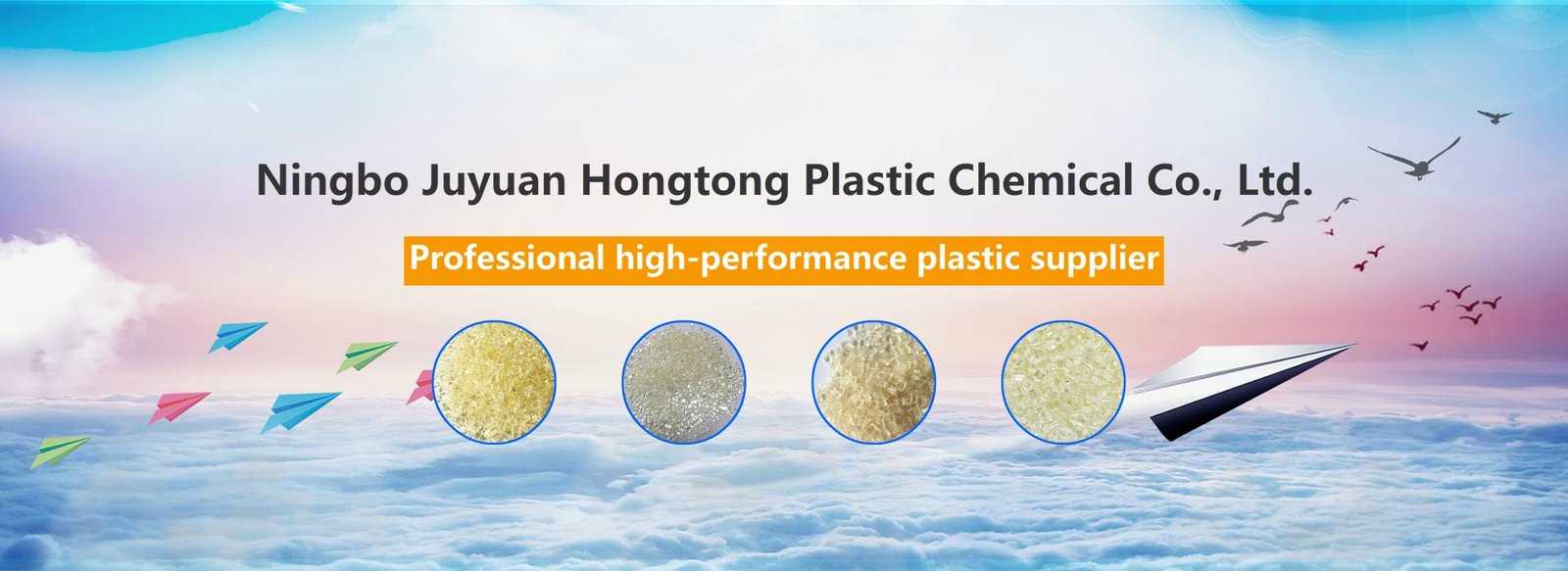Polyolefin elastomers (POE) are thermoplastic elastomers synthesized through the in-situ polymerization of ethylene and α-olefins using metallocene catalysts. These polymers are characterized by their extremely low degree of crystallinity, low density, narrow molecular weight distribution, and low glass transition temperature. These properties grant them excellent compatibility with inorganic fillers and provide them with good resilience and flexibility. Moreover, they have a low hardness, which leads to their wide application across various industries.

A. PPModification.
POE (Polyolefin Elastomer) possesses excellent rebound and flexibility, along with a very low hardness and outstanding cold resistance. Consequently, POE elastomers are extensively used for toughening PP (Polypropylene), enhancing its impact strength at both room and low temperatures. The modified, toughened PP can be applied in various products such as automobile bumpers, car door panels, housings for household appliances, office stationery, and plastic accessories for electric bicycles and motorcycles.
B. Used in conjunction with EVA for foaming.
POE (polyolefin elastomer) exhibits significantly greater flexibility and resilience compared to EVA (ethylene-vinyl acetate). In many cases, the combined use of POE and EVA in foaming results in satisfactory outcomes, such as products with lighter weight, better compression rebound, pleasant touch, uniformly fine pores, and high tear strength as notable advantages. Whether it is through mold foaming or granule-based injection foaming, POE has been extensively used in a variety of foamed products including beach shoes, slippers, midsoles of sports shoes, mouse pads, seat cushions, polystyrene materials, thermal insulation materials, cushioning sheets, and linings for bags and cases.
C. Toughening/compatibilizer for PA and other engineering plastics.
The non-polarity of POE makes it incompatible with engineering plastics such as PA and PET. However, POE can successfully and effectively undergo grafting reactions with monomers such as MAH, GMA, and AA when initiated by peroxides. The resulting graft copolymers are widely used to toughen engineering plastics like PA and can also serve as compatibilizers in plastic alloys.
D. Improve the performance of PP/PE recycled materials.
Recycled PP or PE material can become very brittle due to degradation or cross-linking after reprocessing. As a result, recycled PP/PE material or crushed trimmings cannot be added in large quantities or used directly. However, blending with POE through compounding or direct injection molding can significantly enhance the performance of PP/PE recycled materials. This improved material can then be applied to products such as plastic pallets, plastic turnover boxes, plastic toolboxes, plastic office desk and chair accessories, beach chairs, and more.
E. Extrusion pipe industry.
In the hose industry, particularly in the extrusion winding of corrugated hoses, the combined use of EVA and POE results in products that are more flexible, have better resistance to bending, are lighter, and have improved resistance to environmental stress. When added to the inner layer of extruded flat hoses, it provides the hose with a contamination-resistant seal. The required heat-sealing temperature is low, yet the heat-seal strength is higher. This technology is widely applied in vacuum cleaner hoses, washing machine hoses, drainage pipes, and more.
F. Non-woven fabric or CPP film
The addition of Vistamaxx elastomers can increase the tackiness, elasticity, and flexibility of nonwoven fabrics. When incorporated into CPP films, it can greatly enhance their toughness, puncture resistance, tear resistance, and improve their heat seal strength.
G. Hot Melt Adhesive
POE can replace EVA in the production of high-grade hot melt adhesives, offering products that are odorless, have low density, high flow coating properties, and good wettability. Additionally, it can also be used in conjunction with EVA.
H. Halogen-free flame retardant cable material
POE can be filled with a large amount of Al(OH)₃ or Mg(OH)₂, with a low rate of change in hardness and strength, and it has become a trend to replace EVA or to be co-produced with EVA for the manufacturing of halogen-free flame-retardant cable materials. POE can also be effectively cross-linked using peroxides or irradiation.

